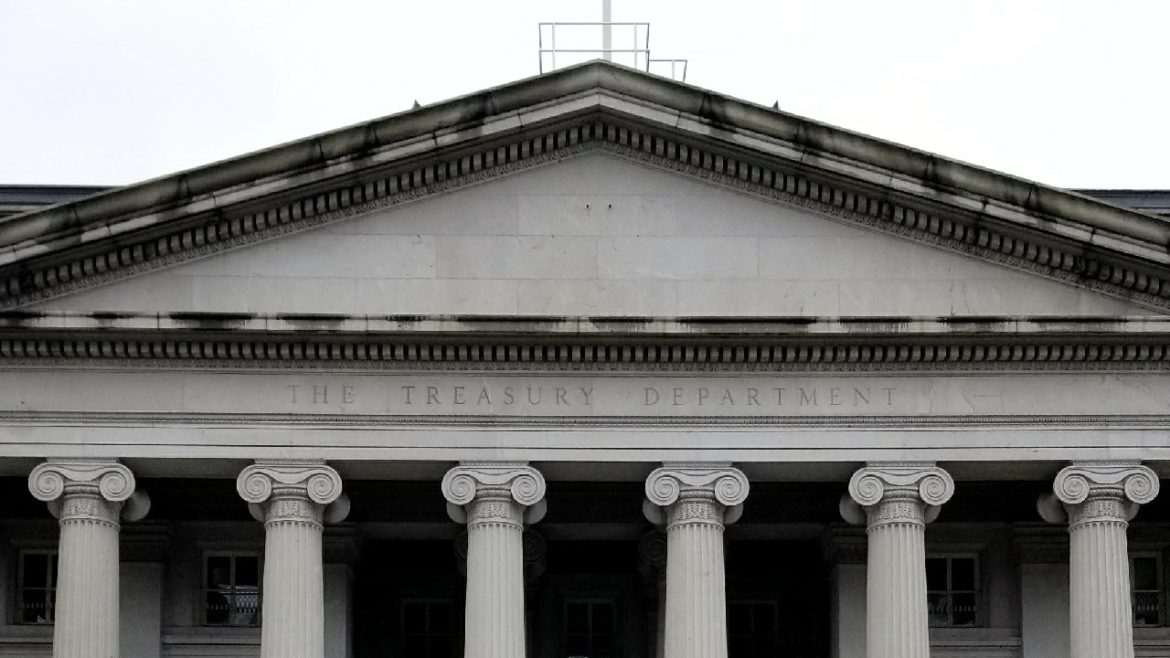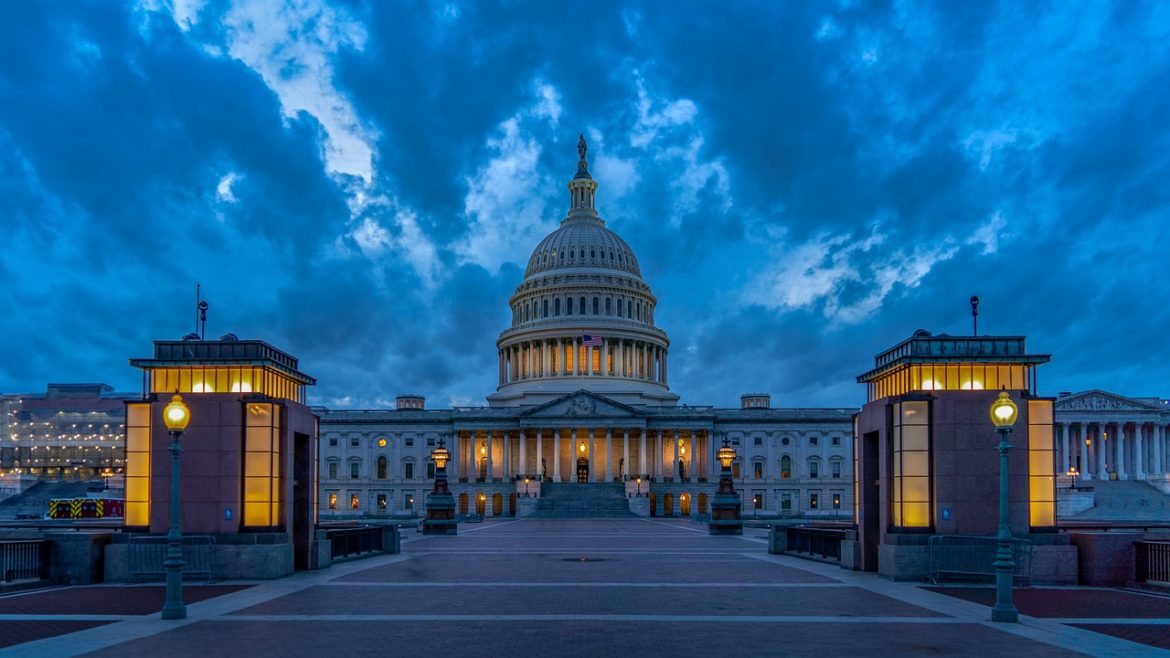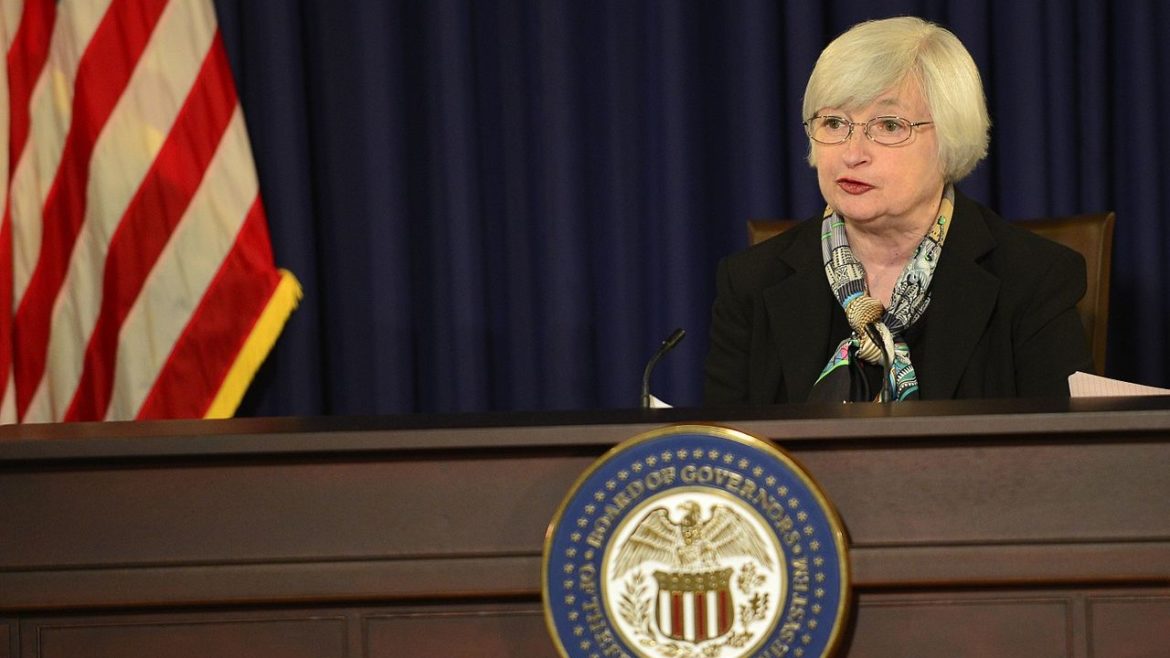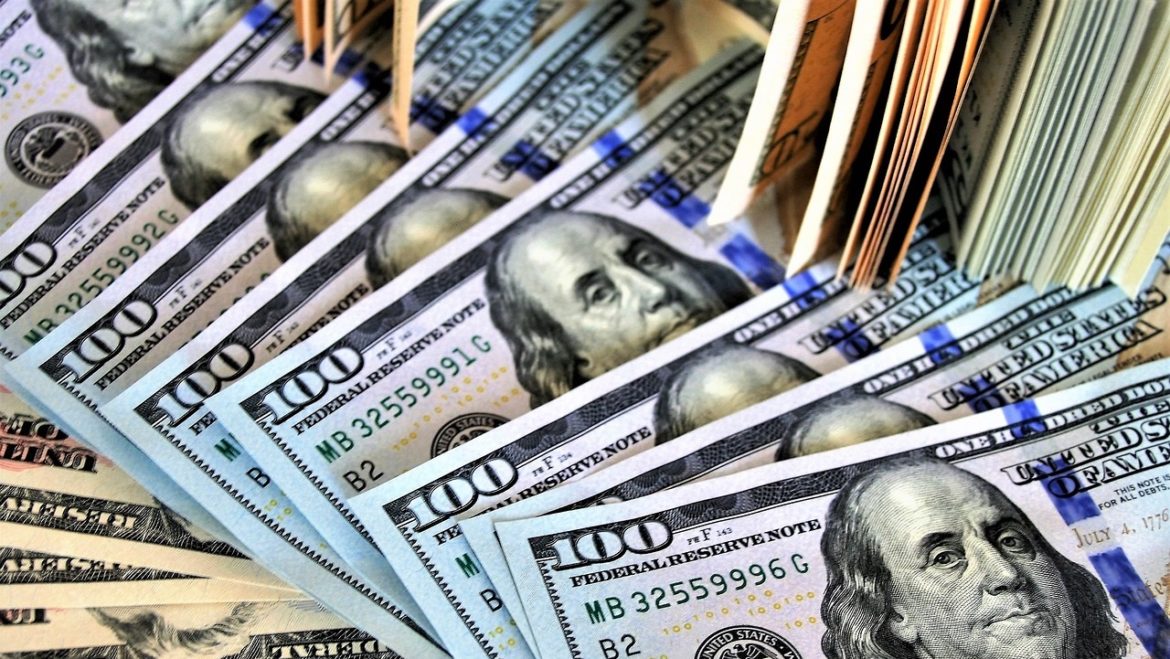The US government continues to borrow and spend at a torrid pace, running massive deficits month after month.
The US national debt currently stands at nearly $28.5 trillion. That doesn’t account for the trillions of unfunded liabilities. And there is no end to the spending in sight. There are trillions of dollars in new spending programs coming down the pike.
Consumer price index data came in hotter than expected. Again. The producer price index data also came in well above projections. But Fed Chair Jerome Powell continues to stick to his “inflation is transitory” story. On this episode of the Friday Gold Wrap, host Mike Maharry digs into the inflation data and highlights Powell’s comments on Capitol Hill. He concludes the story is really all they’ve got.
The US Budget Analysis shows the deficit or surplus of the US Federal Government. A deficit occurs when spending (outlays) is greater than income (receipts). When the US Budget is in deficit (which it has been for over 2 decades), it accounts for one of the two components of the Twin Deficits. The trade deficit accounts for the other component which was previously analyzed for May 2021. To cover the deficit, the government borrows money from the public (or from the Fed). The latest borrowing report was reviewed in the June debt analysis.
The US government continues to borrow money at a frenetic pace in order to cover its massive spending spree. It runs huge deficits month after month and there is more spending coming down the pike. The national debt is over $28 trillion and it is about to begin surging upward again. But with the exception of a few contrarians, most people don’t worry about the national debt. The conventional wisdom seems to be that since none of the doomsday predictions about skyrocketing debt haven’t come to pass, there’s nothing to worry about.
Of course, nothing is a problem until it is. And even if the borrowing and spending don’t ultimately precipitate a crisis, it is undermining the economy. The bottom line is more debt means less growth.
The federal government has already run a $2.06 trillion budget deficit in fiscal 2021 with four months left to go. But somewhat surprisingly, over the last few months, the national debt hasn’t increased at nearly the pace you would expect considering the budget shortfalls. Given the level of spending, borrowing should be much higher. How has the federal government maintained its spending pace without borrowing at a much higher rate?
The US Treasury has been drawing down the balance in its Treasury General Account (TGA) at the Federal Reserve. But that maneuver is about to come to an end, so you can expect Treasury bond sales to spike in the coming months.
Typically, the US government runs a budget surplus in the month that tax returns come due. Not this year. Despite a surge in receipts, the federal government ran a $131.95 billion deficit in May, continuing the trend of overspending and ballooning budget shortfalls.
The federal budget deficit for fiscal 2021 now stands at $2.06 trillion with four months left to go. That compares with a $1.9 trillion deficit through the first seven months of fiscal 2020, which included the first round of stimulus checks in April 2020.
CPI came in much hotter than expected. Fed Vice Chairman Richard Clarida actually said, “We were surprised by higher than expected inflation data.” But should we really be surprised by this? In this episode, Friday Gold Wrap host Mike Maharrey talks about inflation and suggests maybe you shouldn’t be shocked. He also discusses the whacked-out labor market.
The US government ran another huge budget deficit in April. The shortfall came in at $225.58 billion, running the total budget deficit through the first seven months of fiscal 2021 to a record $1.9 trillion, according to the Treasury Department’s Monthly Treasury Statement.
That compares with a $1.5 trillion deficit through the first seven months of fiscal 2020, which included the first round of stimulus checks in April 2020.
Treasury Secretary Janet Yellen sent markets into a tizzy on Tuesday when she said interest rates may have to rise to keep the economy from overheating with all the government stimulus. But later in the day, she walked those comments back, claiming inflation isn’t going to be a problem and insisting that she wasn’t suggesting or predicting rate hikes.
Yellen’s flipflop is telling. Even if inflation is an issue (and it is), there isn’t a darn thing the Federal Reserve can do about it.
The US government ran a record $1.7 trillion deficit through the first half of fiscal 2021. That’s a staggering budget shortfall, but only a symptom of the real problem – excessive government spending. We’re told this will “stimulate” the economy. But in the long run, it does no such thing.












